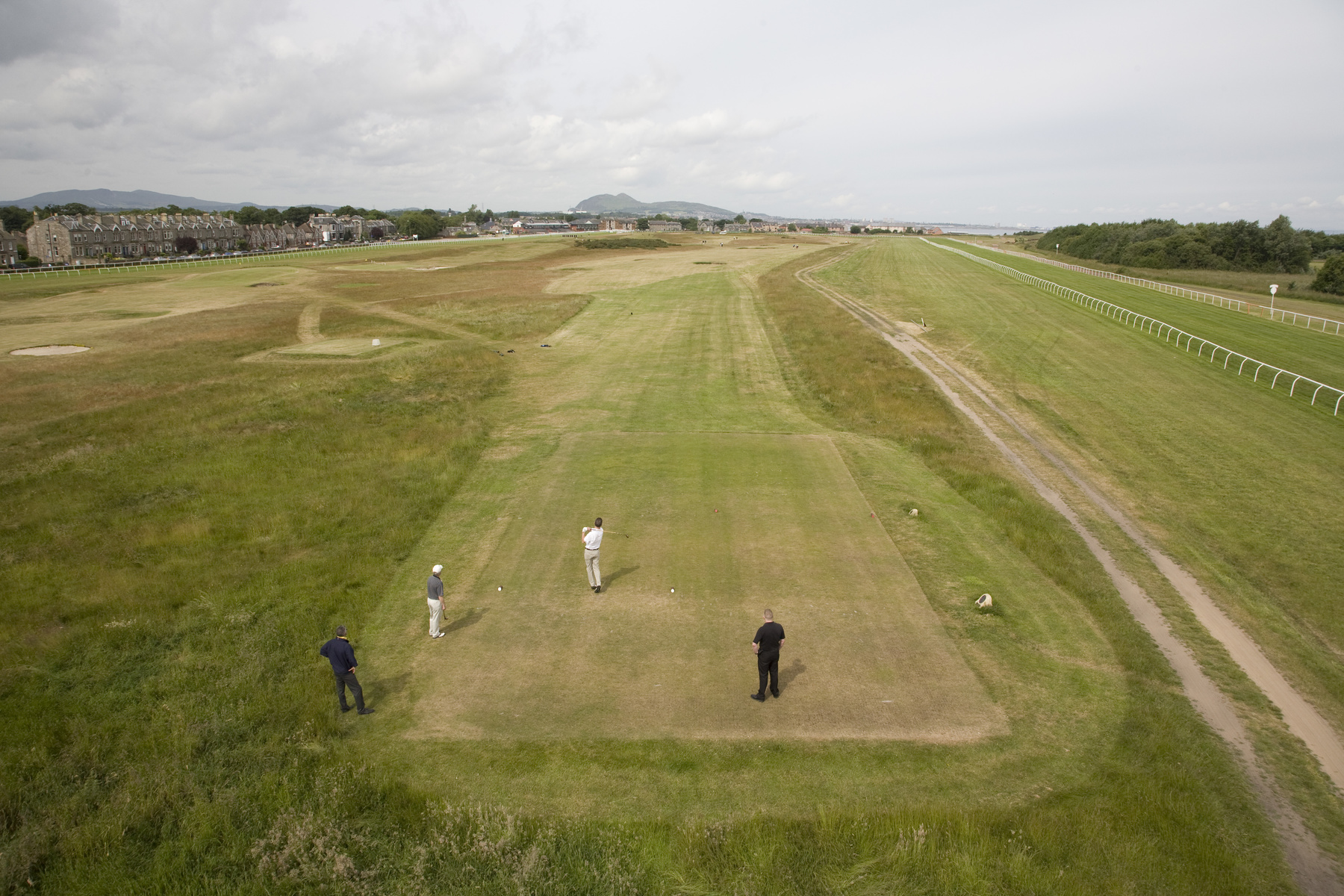
Musselburgh Old Course was the venue for six Open Championships between 1874 and 1889. Musselburgh Links is the oldest surviving course in the world where golf has been continuously played. Mary Queen of Scots reputedly played there in 1567.
An ambitious £10 million plan has been unveiled to breathe fresh life into a six-time Open Championship venue and the oldest continuously-played golf course in the world.
The aim is to recapture the long-lost ‘heritage’ of Musselburgh Links, taking it back to its Victorian-era (circa 1896) set up, when its importance and significance to the game of golf was at its peak.
Musselburgh Links – The Old Course in East Lothian outside Edinburgh, which can trace its origins back to the middle ages – is set to be ‘regenerated, restored and recreated to the style and reputation of its former glory’, in plans set out by Edinburgh-based investment vehicle, Blue Thistle Ltd.
Robin McGregor, Director of Blue Thistle, and former club secretary of the Musselburgh Links Course, acquired private investment backing through binding shareholder agreements, has outlined proposals which would see £10 million spent over the next seven years to completely restore the course to its previous ‘Open Championship’ condition and refurbish the accompanying facilities, with a plan to create 40 new jobs in the process.

Mr. McGregor comments, “The Musselburgh Links Course has an immensely important role in the history and development of the game Scotland gave to the world and it is our wish that be recognised and returned to its former glory. The investment is in place to launch this project and our shareholders remain satisfied the business plan is well positioned to give them a good return on investment over the medium to long term. Essentially, we wish to make Musselburgh great again.
“We have entered preliminary negotiations with East Lothian Council who are custodians of the course and outlined our proposition to them. Over the coming weeks and months, we’ll make more details available where locals can see how much we aim to transform the global perception of Musselburgh as a crown jewel in golf’s history and development. Musselburgh Links can act as an economic catalyst to spearhead a national and international campaign that further enhances tourism in East Lothian. A re-invigorated historical sporting icon of this stature, is, we believe, crucial to achieving that.”
Musselburgh has played a pivotal role in Golf’s evolution and this continues to influence the game today. Perhaps the most significant of these is the size of the hole used on all golf courses. Making use of a piece of drainpipe, local men shaped the first hole cutting tool.
When the R&A Golf Club of St Andrews were appointed to create a standard set of rules in 1894 they adopted the Musselburgh standard of 4¼” as the norm. This is still true to this day.
The course produced five local Open Champions winning the trophy 11 times in total, including the very first Open Champion, Willie Park Snr in 1860. Between 1860 and 1872 all Opens were played at Prestwick but after Tom Morris Jnr won the Championship for a third time in 1870, he could keep the champions belt in perpetuity.
There was no Open in 1871 because a new prize had yet to be commissioned for the winner. The matter was resolved the following year when the three clubs of Prestwick, St Andrews and The Honourable Company of Edinburgh Golfers put together a sum of £20 and commissioned the now famous Claret Jug.
The Open would now be shared amongst the three clubs. Musselburgh, home to The Honourable Company, would host its first Open in 1874. In total, only 14 courses have hosted The Open Championship and Musselburgh was the third and did so on six occasions.
Mr. McGregor added, “We want to re-imagine parts of the course, re-specifying a host of iconic features that were in play at the time of the late 19th century Open Championships played here, such as the famous Pandy Bunker on the 6th hole which have been lost through time and due to the expansion of the adjoining Musselburgh Racecourse. The course will be a challenge for the modern golfer using today’s clubs and equally for the traditionalist and historical golfer who play with hickory-shafted clubs.
Moreover, some new tees and greens will be built, new practice facilities created and we shall spearhead a major campaign to establish and grow a ‘grassroots’ programme to encourage local juniors to take up the game on a course which replicates a genuine Open Championship course of yesteryear.”
Fellow Director Dominique von Prondzynski commented “My father is the main investor behind these proposals and was enthralled by the Musselburgh story when I first related it to him. He has visited the golf course and sees the potential for not just the course but the local area.
As a company, we are looking for a return on investment but will look to work with existing stakeholders, local businesses and groups to maximize the opportunities this kind of development brings.”
Blue Thistle is currently working with a range of partners on the project including world renowned Golf Architects MacKenzie and Ebert; Jay Dobson, Agronomist NDTS, and branding experts H&A Design.
Further information is available via the website – www.letsmakemusselburghgreatagain.com

